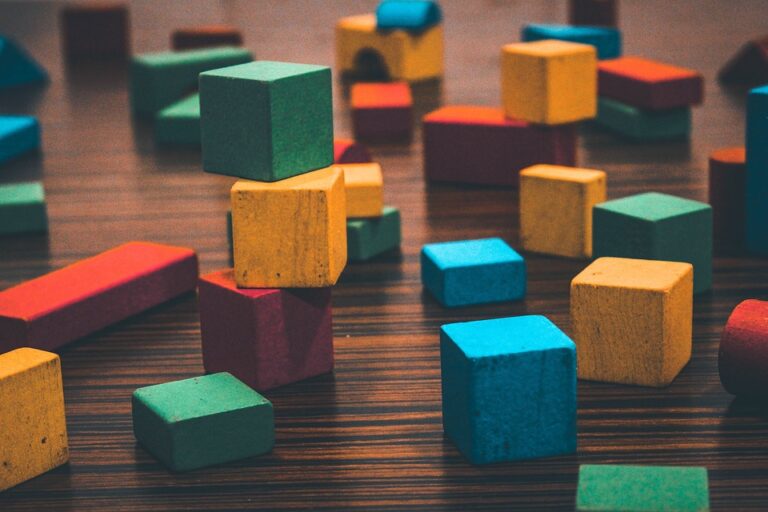
Choosing the Right Educational Toys: A Guide for Parents and Educators
As a parent or educator, one of the most crucial decisions you can make is selecting the right educational toys for your children or students. Educational toys play a significant role in a child’s development, fostering their learning abilities while they engage in play. However, with the multitude of options available in the market, it can be overwhelming to determine which toys are truly beneficial for a child’s growth and development. This article aims to guide parents and educators in making informed choices when it comes to selecting educational toys.
1. Age appropriateness: Consider the age range for which the toy is recommended. Each age group has different developmental needs, and toys designed specifically for those stages can provide the most benefits. Age-appropriate toys ensure that children are neither overwhelmed nor bored by the toy’s complexity.
2. Purpose and skill development: Identify the specific skills or areas of development you want to focus on. Educational toys can target various aspects, including cognitive skills, problem-solving abilities, creativity, motor skills, language development, and social interaction. Determine which skills are important for your child or students and choose toys that encourage and enhance those abilities.
3. Safety: Safety is paramount when choosing any toy. Ensure that the toy meets all necessary safety standards, is non-toxic, and doesn’t have any small parts that could be choking hazards. Additionally, consider the durability and sturdiness of the toy to avoid accidents or breakage during play.
4. Open-endedness and versatility: Look for toys that can be used in multiple ways. Open-ended toys allow children to explore their imagination and creativity by using the toy in various scenarios. These toys encourage problem-solving skills and provide room for exploration and experimentation.
5. Quality and durability: Investing in high-quality toys ensures that they will last longer, making them a wise choice for parents and educators. Quality toys are more durable and built to withstand the rigors of play, ensuring they can be enjoyed by multiple children or siblings over time.
6. Purposeful play: Consider toys that provide opportunities for purposeful play. Purposeful play refers to activities that engage children in play while simultaneously exposing them to educational content or skill-building exercises. Examples include building blocks that enhance spatial reasoning or puzzles that strengthen problem-solving abilities.
7. Engaging and interactive: Look for toys that actively engage children, capturing their interest and keeping them motivated. Interactive toys that respond to a child’s actions or have varying levels of difficulty can provide an engaging learning experience, keeping children entertained and eager to play and learn.
8. Reinforcement of real-life concepts: Seek toys that replicate real-life objects or scenarios. Children often learn best through hands-on experiences and play that mimics the world around them. Examples include medical kits, construction sets, kitchen playsets, or science experiment kits.
9. Appropriate level of challenge: Choose toys that provide an appropriate level of challenge for the child’s age and developmental stage. Toys that are too easy can cause boredom, while those that are too difficult can lead to frustration. The ideal educational toy should offer a balance that challenges, stimulates, and encourages growth without overwhelming the child.
10. Recommendations and reviews: Finally, seek recommendations and read reviews from other parents, educators, or trusted sources. Learn from the experiences of others who have used the toys in question, their insights can provide valuable guidance helping in your decision-making process.
Selecting educational toys that align with a child’s developmental needs is a thoughtful and important process. By considering factors like age-appropriateness, purpose and skill development, safety, open-endedness, quality, purposeful play, engagement, real-life concepts, appropriate challenge level, and seeking recommendations and reviews, parents and educators can ensure that the chosen toys are not only fun but also beneficial for a child’s growth and development. Remember, toys are not just playthings; they can be powerful tools for fostering learning, creativity, and curiosity in young minds.
Younger Glowing Skin - Discover Ancient Ayurvedic Secrets at DoctorIndiaHerbals.com
Explore One of the Largest Collections of Dinosaur-Themed Toys, Games, Gifts, Decor, and More at DinoAvenue.com
Discover Premium Design Elevator Shoes for Men and Women at LondonCobblers.com
Discover Hidden Family Destinations for Vacations at Places.Travelz.io
Find the Best Deals on Airfare and Hotels with Advanced Metasearch Technology at www.Travelz.io
30% off on Kids items
STEM science experiments for Kids
Premium Science Toys and experiments